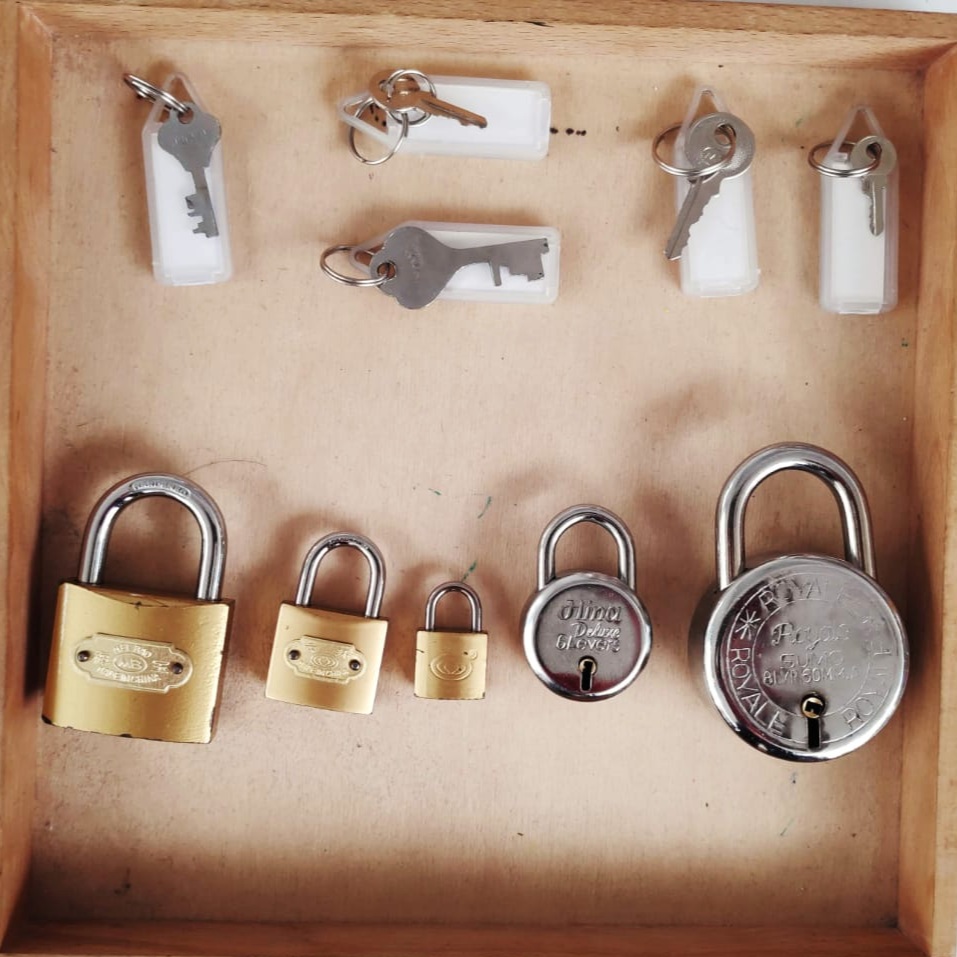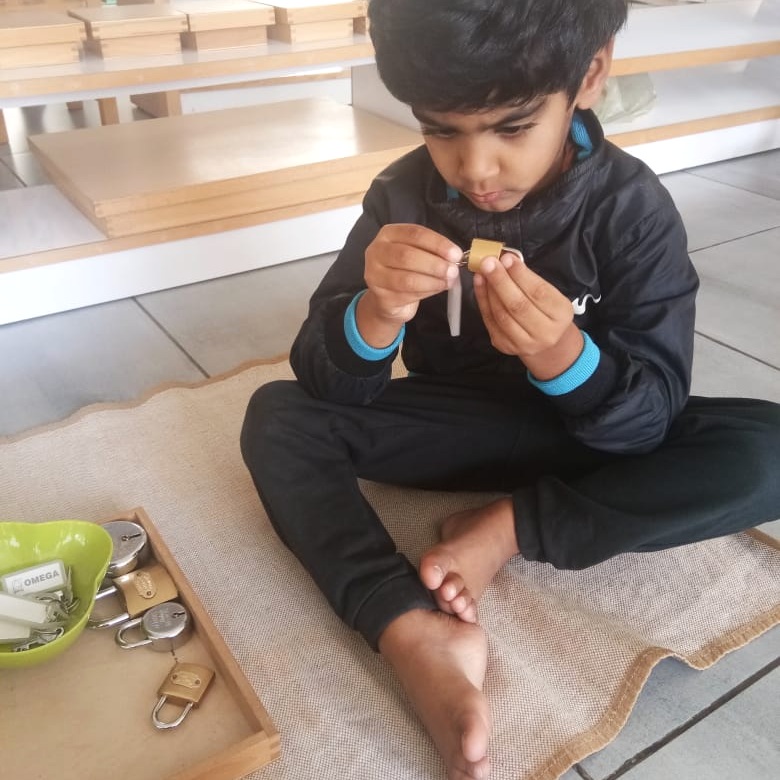One of the amazing things about Montessori education is the subtle, indirect introduction of complex mathematical ideas (algebra!) right in the preschool years.
For instance, this 3 year old is working intently on the "Trinomial Cube” material. On the face of it, this is a fascinating puzzle that requires the child to place 27 different cubes in a manner that allows the box to close. However, there’s something much deeper going on: this cube is actually the geometrical representation of the algebraic equation (a+b+c)^3. As the child grows older, this serves as a foundation for understanding the concept of “cubing” a number or set of numbers.
By converting a dense equation into a wonderful, self-correcting puzzle, Montessori shows us that even young children can understand and subsequently master concepts far beyond what we may normally expect!









